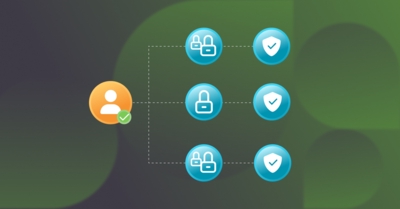RBAC vs. ABAC: What’s the Difference?
Speaker: Paul Querna CTO, Co-founder ConductorOne
Main Takeaways
- ✅
RBAC grants access based on roles or job titles, but is often too broad and static.
- ✅
ABAC uses attributes like project, location, or manager to define access, allowing for more targeted control.
- ✅
ABAC rules can combine multiple attributes to enforce complex, real-world access logic.
- ✅
While RBAC is simpler to manage, it often leads to overprivilege when roles aren’t kept in check.
- ✅
ABAC supports more dynamic, granular access decisions that evolve with the employee’s role and context.
- ✅
Implementing ABAC helps businesses reduce risk by ensuring only the right people have the right access at the right time.
Learn More

Decoding Access Control: Navigating RBAC, ABAC, and PBAC for Optimal Security Strategies
Learn how to decode and navigate access control models such as RBAC, ABAC, and PBAC, how they can help you implement optimal security strategies, the benefits of each model, and how to determine which one is best for your organization.

What Are Access Controls?
Access controls, an essential part of cybersecurity, is the management of who has access to different apps, resources, and, most importantly, data and information stored across an organization’s systems. Learn more about the different types of access controls, how to enforce them, and why they are important for modern organizations.
